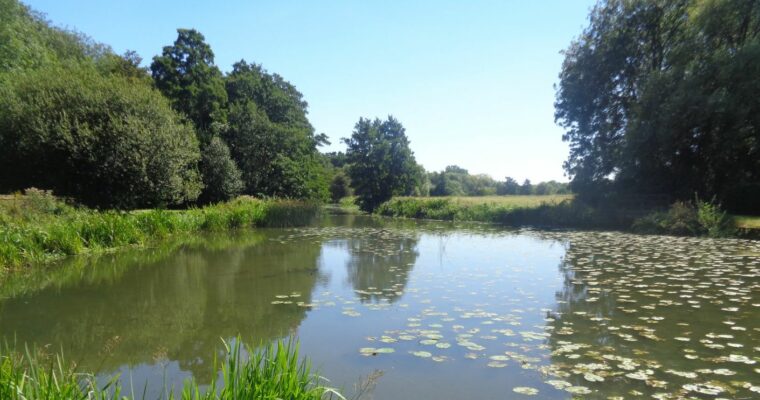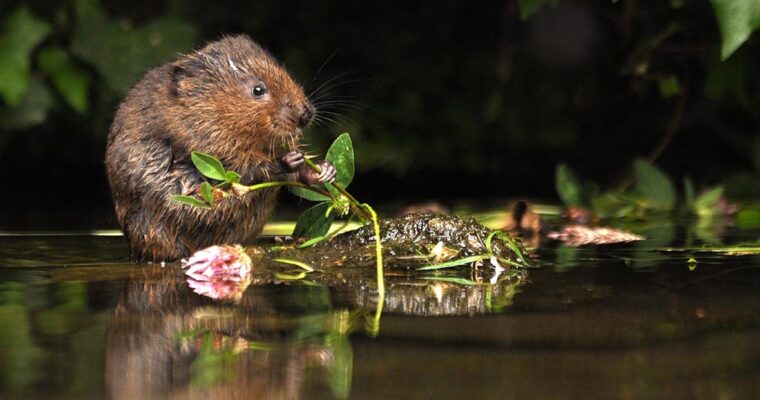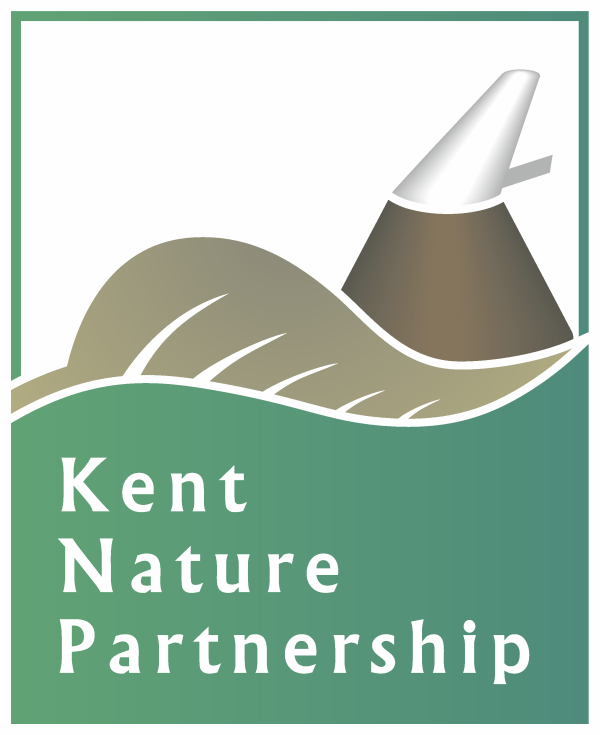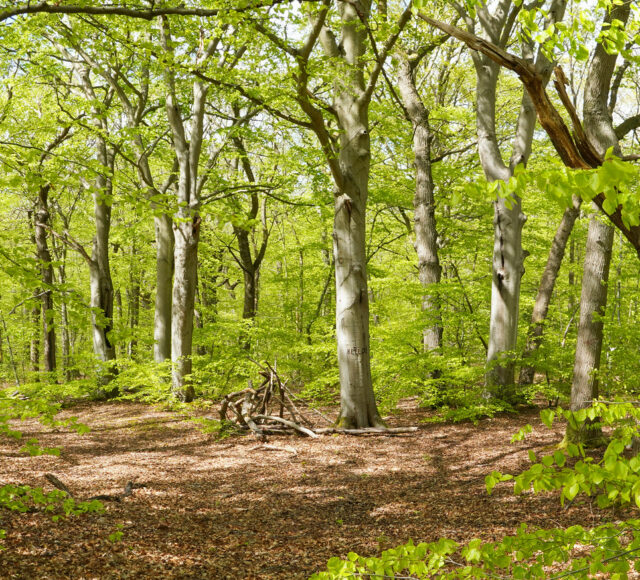The Kent Biodiversity Strategy 2020 to 2045
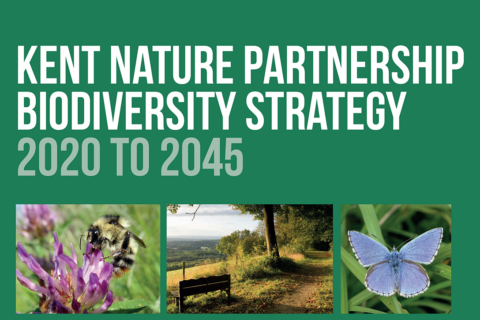
State of Nature
The State of Nature in Kent 2021 is a groundbreaking report. It provides a reporting mechanism for the Kent Biodiversity Strategy and an evidence base for the forthcoming Local Nature Recovery Strategy.
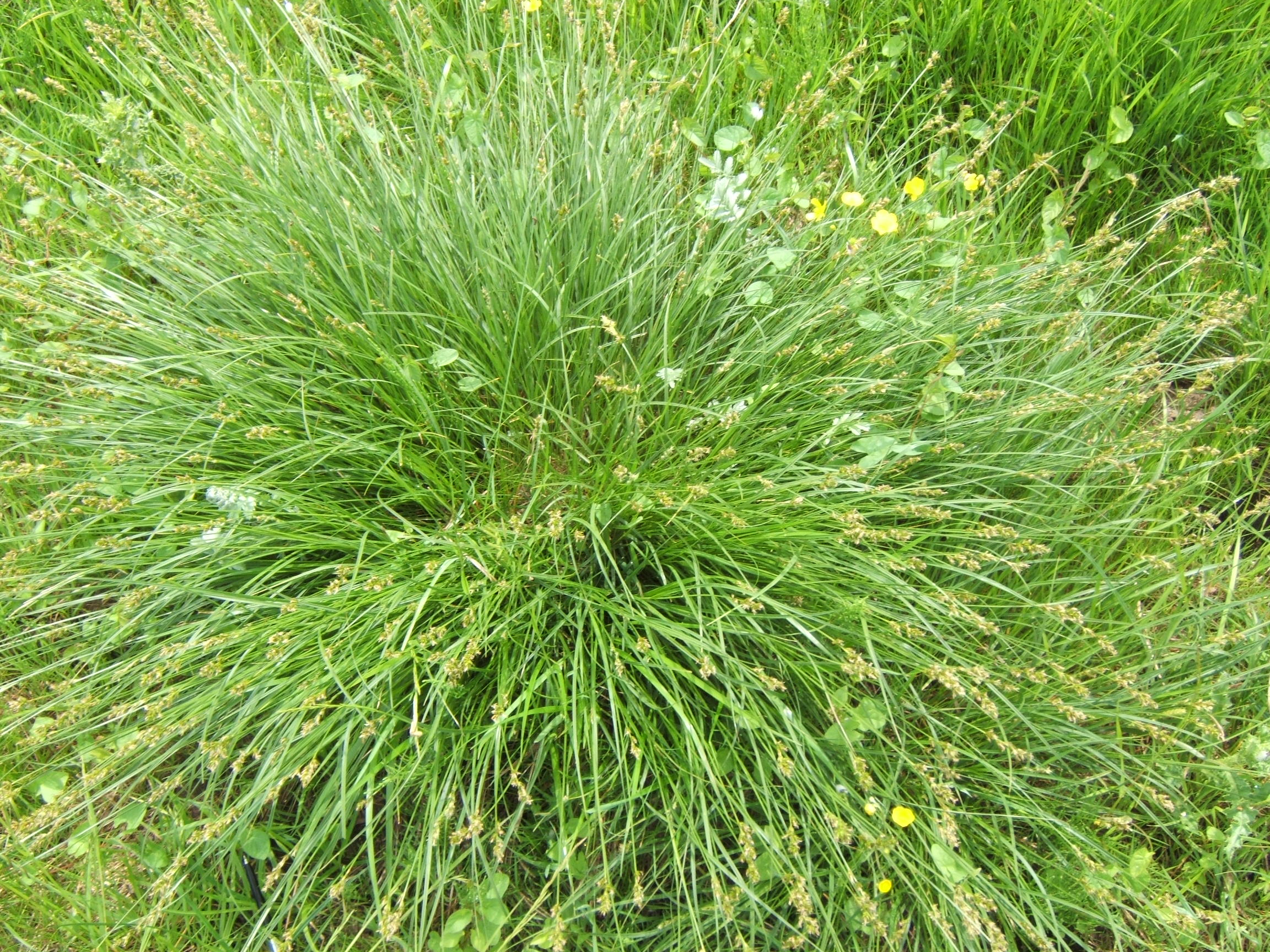
Our 25-year mission and goals
The Kent Biodiversity Strategy aims to deliver, over a 25-year period, the maintenance, restoration and creation of habitats that are thriving with wildlife and plants, ensuring the county’s terrestrial, freshwater, intertidal and marine environments regain and retain good health.

Terrestrial ecosystems, habitats and species
Over the last few decades, we have lost significant areas of many of our most precious habitats. We now need to restore those degraded habitats,…
8 Priority habitats
8 Priority species
4 Indicator species
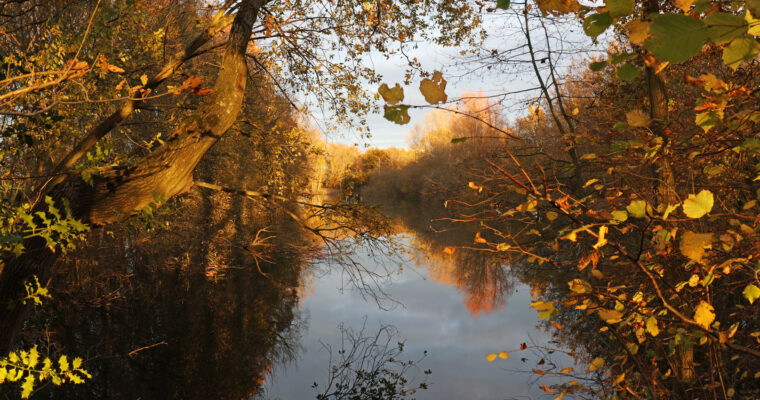
Freshwater and intertidal ecosystems, habitats and species
The freshwater and intertidal habitats of Kent and Medway represent a tiny proportion of their former extent, with many lost through factors such as agricultural…
7 Priority habitats
5 Priority species
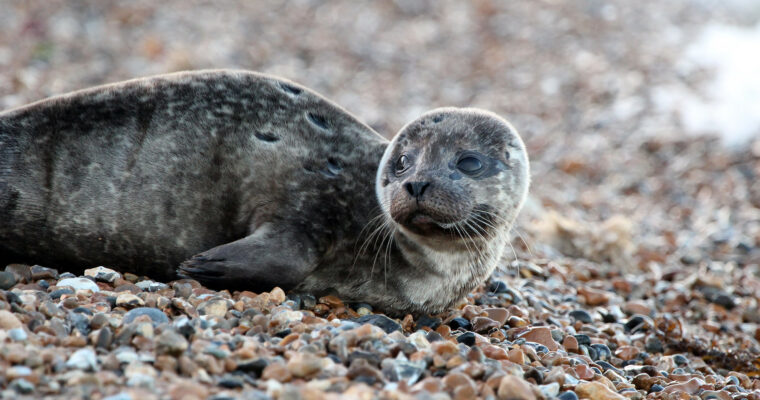
Marine ecosystems, habitats and species
The seas around the coast of Kent and Medway contribute to the wider UK marine environment – home to ‘the widest range of marine habitats…
2 Priority habitats
1 Indicator species
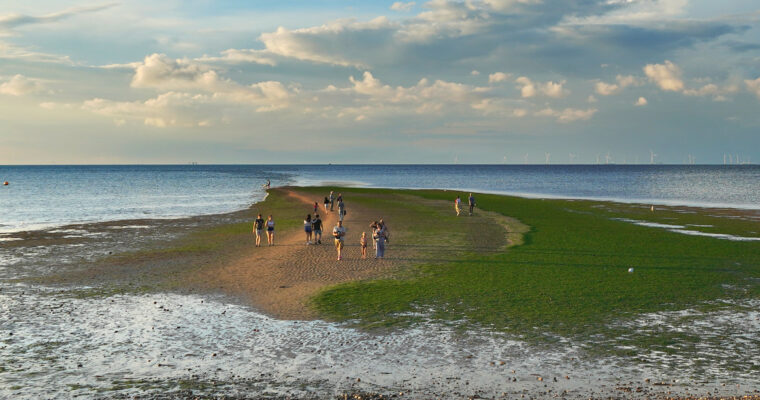
Connecting people with the natural environment
Fundamental to the recovery of Kent and Medway’s habitats and wildlife is the need to reconnect local people with their natural environment and to rekindle…
